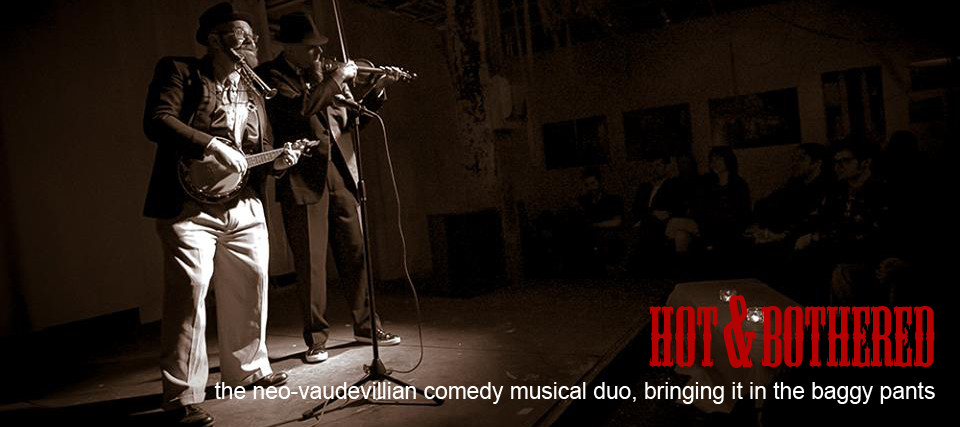How a vaudeville program was structured
How a typical evening of vaudeville was structured, according the the site goodmagic.com. There is a lot more about the history of vaudeville at the link below, and a great glossary of lingo from the day - definitely worth the read:
A typical vaudeville program may have been "variety entertainment," but it was never a hodgepodge. There were generally nine acts in all. Each performer appeared only once in each show, and acts usually ran seven to 12 minutes, almost never over 20 minutes.
This format forced each performer to hone his act to its most entertaining form. Fred Astaire was heard to give this advice: "Get it 'till it's perfect, then cut two minutes."
The show usually opened with a "dumb act," one that was exciting but did not depend on words, since the audience was still noisily entering. A typical dumb act might be a juggler or a magician with a silent routine set to music.
The second spot would be performed in front of the curtain (while the stage was reset for the next big act), perhaps a comedian or a song-and-dance act. "Top billing" was generally the third position on the program, where the top-billed "star" of the show would perform for 30 to 45 minutes. A few more acts rounded out the first half.
After intermission, the second half would open with a snappy, lively act to settle the returning audience down. Then there would be a large production, perhaps a famous actor doing a scene from of a play. Eighth, next to last, came the other big star of the show — a real headliner, whatever his or her specialty.
Then the show closed as performers tried to hold audience interest (and their own dignity) in a spot that was not exactly their favorite to play, as many in the audience stood up and left.
The program was arranged, after hard-won experience, to keep the audience's attention, to make the most of the expensive star performers, and to make the audience feel abundantly entertained.
Read much more at: http://www.goodmagic.com/carny/vaud.htm
